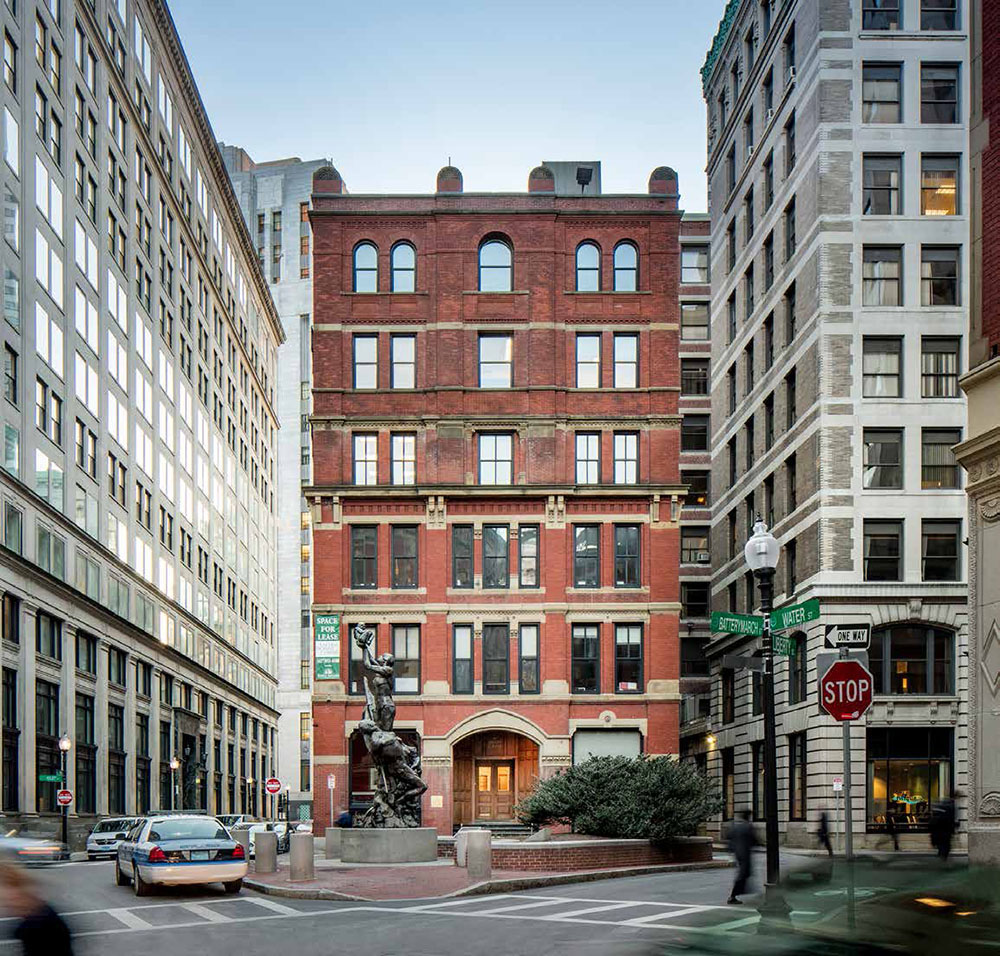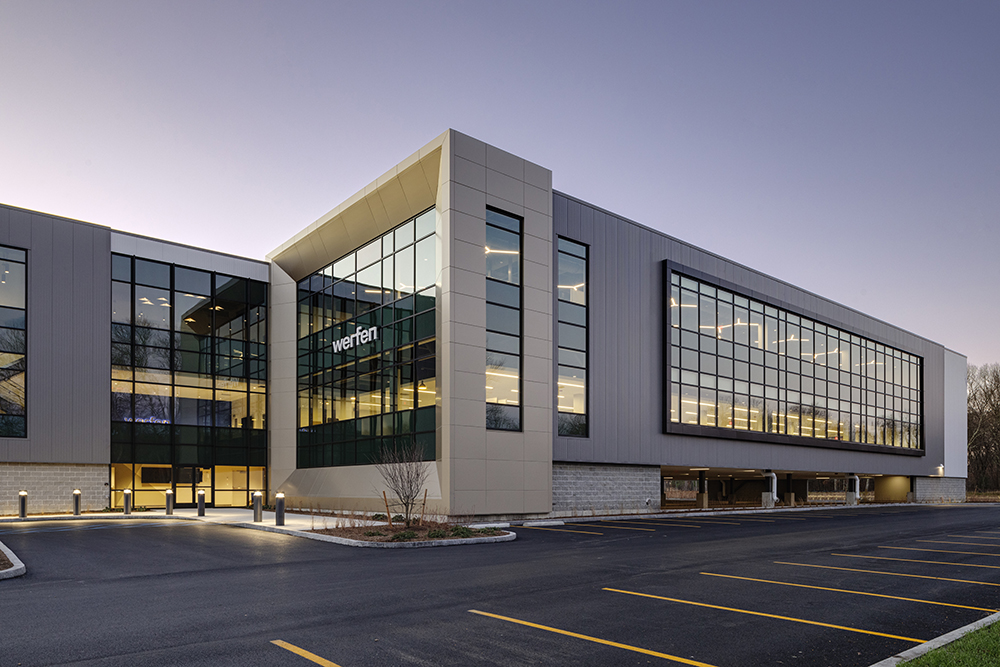Improvement or construction exchanges under IRC Section 1031 - by Brendan Greene

Greater Boston Exchange Company
Internal Revenue Code (IRC) Section 1031 allows a property owner, who holds property for “the productive use in a trade or business or for investment,” to defer paying any capital gains taxes if the property owner sells such property, identifies “like kind” property within 45 days of the sale, and acquires other “like kind” property within 180 days of the sale.
There are many circumstances in which an investor wants or needs to acquire “replacement property” and either make improvements to the property, or construct a building on such replacement property. In order to defer all the taxable gain, the investor (a/k/a the exchanger) needs to use the net proceeds to purchase investment /replacement property and buy investment property equal to or greater than the relinquished property. For instance, if an exchanger sells an investment property for $1 million, the exchanger could buy a property for $750,000, make capital improvements of $250,000 and the taxpayer would have deferred paying all of the taxable gain.
Improvement exchanges offer exchangers more options and benefits when searching for replacement property. The ability to renovate, add capital improvements, or construct a building on raw land while using tax-deferred dollars allows an exchanger flexibility to reinvest in a replacement property that hopefully results in a more profitable investment.
IRC Section 1031 does not specifically authorize so-called improvement or construction exchanges, and up until year 2000, exchangers were not sure how to properly structure an improvement or construction exchange. However, on September 15th, 2000, the IRS issued Revenue Procedure 2000-37 which provides a “safe harbor” for improvement and construction exchanges completed as part of a properly structured “parking transaction.”
In a “parking transaction,” the exchanger does not initially take title to the replacement property. Instead, the replacement property is “parked” with an Exchange Accommodation Titleholder (EAT), and the exchanger and the EAT enter into a written Qualified Exchange Accommodation Agreement (QEAA). The EAT is typically a single member limited liability company (LLC) of which the qualified intermediary (QI) is the sole member. Improvement or construction exchanges can be structured as either a forward or a reverse exchange. When it is structured as a reverse exchange, the replacement property is purchased prior to selling the relinquished property and “parked” with the EAT. The taxpayer has 45 days from the date of purchase to identify the relinquished property or properties, and 180 days from the date of purchase by the EAT to sell the relinquished property.
One fairly large difference in improvement and construction exchanges is that the exchanger must identify not only the replacement property within 45 days, but also any improvements that will be made to the property. This is usually done by attaching construction plans to the 45 day letter.
We have seen a large increase in improvement and construction exchanges over the last couple of years as investors have become more familiar and knowledgeable as to how they work. Also, lenders have also become more comfortable with them and are more willing to lend on these transactions.
Improvement and construction exchanges are more complicated than the typical forward tax-deferred exchanges, but with proper structuring from Greater Boston Exchange Company, LLC, it gives the exchanger more options in the pursuit of finding replacement properties. Let us help you properly structure your improvement or construction exchange.
This article is a very brief overview of improvement and construction 1031 exchanges. These transactions must be very carefully planned and structured and investors should always engage experienced legal, financial and tax advice before entering into an improvement or construction exchange transaction.
Greater Boston Exchange Company, LLC is always ready to answer any questions you may have or assist you in structuring a 1031 exchange. Please do not hesitate to contact us for additional information or assistance.
Brendan Greene, Esq., is a partner in the law firm McCue, Lee & Greene, LLP and a principal in Greater Boston Exchange Company, LLC, Boston.
Newmark negotiates sale of 10 Liberty Sq. and 12 Post Office Sq.


Make PR pop by highlighting unique angles - by Stanley Hurwitz

Five ways to ruin a Section 1031 Like-Kind Exchange - by Bill Lopriore

Four tips for a smooth 1031 Exchange - by Bill Lopriore








